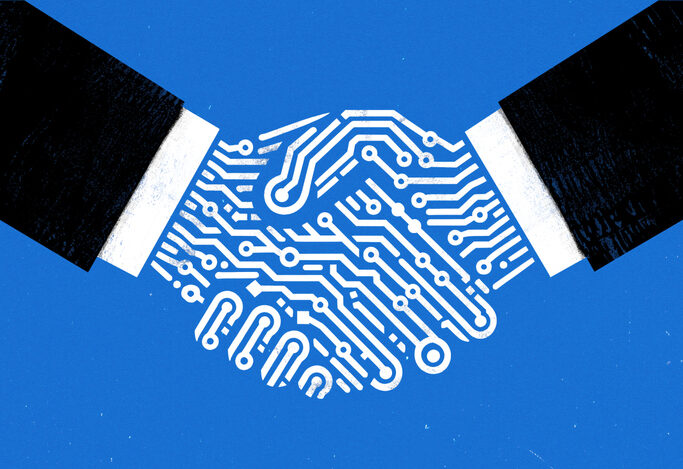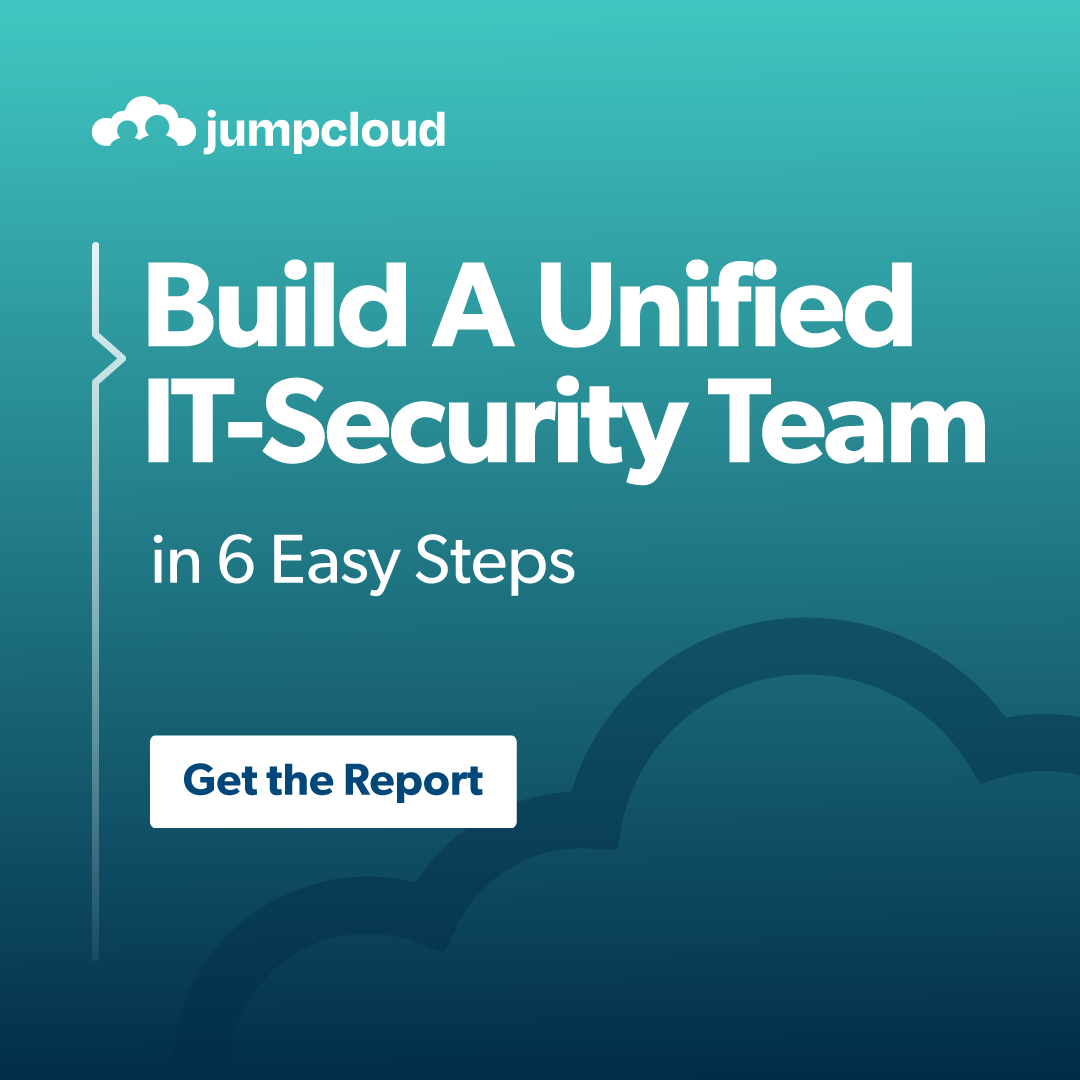Updated on June 30, 2025
Privileged access management (PAM) is essential for keeping sensitive accounts safe from cyber threats. Since privileged accounts are often targeted, strong PAM practices help reduce risks and maintain compliance. This guide explains key PAM strategies, practical tips, and how to maintain them to protect your organization effectively.
Foundational Best Practices
Identify and Classify Privileged Accounts
The first step in any PAM strategy is a thorough discovery process. Identify every privileged account in your organization—including human, machine, service, cloud, and application accounts. Once identified, classify them based on their criticality and impact, such as:
- Tier 0 accounts (e.g., domain administrators, Active Directory service accounts) that directly affect enterprise-wide systems.
- Tier 1 accounts (e.g., application admins, server admins) affecting essential business assets.
Why it matters
Understanding your attack surface is essential. Accurate identification and classification allow organizations to apply the right level of security controls to the most critical accounts.
Implement the Principle of Least Privilege (PoLP)
The Principle of Least Privilege (PoLP) dictates that users or systems should only have the minimum access necessary to perform their tasks, with access granted for limited durations. It’s important to:
- Regularly review access permissions.
- Revoke excessive or unused privileges.
- Prevent privilege escalation.
Why it matters
By limiting access, PoLP reduces the risk of lateral movement by attackers, minimizing potential damage if a breach occurs.
Enforce Strong Authentication for Privileged Access
Require Multi-Factor Authentication (MFA) for all privileged access to add an extra defense layer. Additionally:
- Mandate complex, unique passwords.
- Implement password policies driven by AI to detect vulnerabilities.
- Use hardware-based security keys for critical accounts.
Why it matters
Strong authentication mechanisms are the frontline defense against credential theft and brute-force attacks.
Establish a Centralized PAM Solution
Deploy a centralized PAM platform to consolidate the management of privileged access. Core features of PAM platforms include:
- Automatic discovery of privileged accounts.
- Secure credential storage (vaulting).
- Session management and recording.
- Auditing and reporting.
Why it matters
A centralized PAM solution simplifies administration, enhances visibility, and ensures consistent security practices across your organization.
Operational Best Practices
Vault and Rotate Privileged Credentials
Store all privileged credentials, such as passwords, API keys, and SSH keys, in an encrypted vault. Automate the process of rotating credentials after each use or on a regular schedule to prevent overexposure.
Why it matters
This eliminates hardcoded credentials, reduces risks related to compromised accounts, and ensures compliance with policies that require regular password renewals.
Implement Just-in-Time (JIT) Access and Session Elevation
Enable temporary, task-specific privileges using the JIT model. For instance:
- Grant admin access only for the duration of a task.
- Restrict privileges to predefined time windows.
Why it matters
JIT access minimizes the time attackers have to exploit privileged accounts while ensuring that no standing privileges remain dormant for long periods.
Monitor and Audit All Privileged Sessions
Record all privileged sessions, including command-line actions and desktop interactions. Store logs centrally and integrate them with Security Information and Event Management (SIEM) platforms to analyze behavior and alert on anomalies.
Why it matters
Detailed session monitoring improves threat detection, provides invaluable forensic data after incidents, and reinforces accountability.
Enforce Session Isolation and Proxying
Configure privileged access workflows to route all user connections through a proxy gateway offered by your PAM solution. By doing so:
- Prevent direct connections to target systems.
- Enable granular command control during sessions.
Why it matters
Session isolation ensures sensitive credentials are not exposed to end-users and provides real-time monitoring for enhanced security.
Integrate PAM with Identity and Security Ecosystems
Ensure your PAM platform communicates seamlessly with existing enterprise tools such as:
- Identity Providers (IdPs) for user authentication.
- SIEM tools for log analysis.
- Security Orchestration Automation and Response (SOAR) platforms.
- IT service management (ITSM) or ticketing systems.
Why it matters
An integrated setup streamlines workflows, removes silos, enhances automation, and strengthens your security posture by correlating events across platforms.
Maintenance and Continuous Improvement
Regular Access Reviews and Certifications
Periodically review all assigned privileges to verify necessity. Use automated workflows within your PAM solution to:
- Enforce access recertifications.
- Monitor privilege assignments.
Why it matters
This combats privilege creep, reduces unused accounts, and maintains compliance with internal policies and regulatory frameworks.
Develop a Robust Incident Response Plan for PAM
Define procedures to follow during privilege-related breaches. Include:
- Emergency access account creation.
- Steps to revoke privileges during suspicious activities.
- Post-incident analysis workflows.
Why it matters
Having a clear response plan minimizes the impact of privileged account compromises, ensuring a faster and more coordinated recovery process.
Train Users and Administrators
Conduct training sessions for privileged users, administrators, and security teams. Topics should include:
- PAM policies and procedures.
- Secure handling of credentials.
- Recognizing and responding to phishing or social engineering attempts.
Why it matters
Well-educated users and administrators are less likely to make costly mistakes and are better equipped to utilize PAM systems effectively.
JumpCloud offers a unified platform that simplifies the complexities of managing privileged access across diverse environments. With its robust features for identity and access management, including secure vaulting, just-in-time access, and comprehensive auditing, JumpCloud empowers organizations to enforce the principle of least privilege effortlessly.





